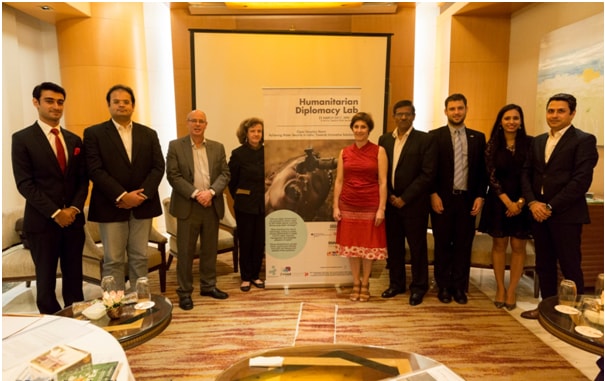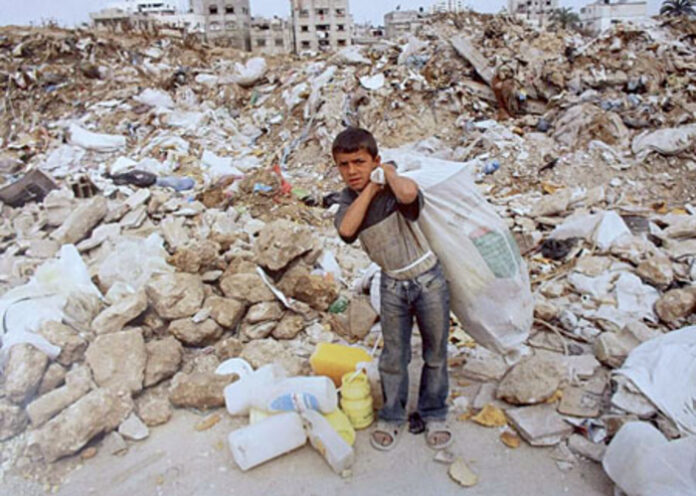What is the likelihood of seeing a company board or hoarding in the middle of a lush forest? And even if there was one, it is unlikely that tourists hoping to catch a glimpse of a tiger will give it any attention.
Perhaps, it is this lack of visibility that has become the biggest barrier in the Karnataka Forest Department’s outreach to corporates to take up forest protection measures under the Corporate Social Responsibility (CSR).
It was in 2014 that the initiative started, and so far around Rs 35 crore has been spent by corporates on forests, said Vinay Luthra, Chairman of Karnataka Ecotourism Development Board (KEDB), which organised its third annual day-long workshop on CSR funding.
“This contribution has come in the form of kind: vehicles, cameras and other equipment,” he said.
However, this contribution has come from barely 20 companies — a mixture of NGOs and corporates, including mining firms. This is not just a fraction of the companies in the State, but also represents a fraction of the over Rs 500 crore spent annually under CSR in Karnataka.
This also falls short of the department’s expectations. The Forest Department presented to the small gathering of corporates their “charter of desirables”, which comprises projects worth more than Rs 730 crore.
The bulk of this comes from the purchase of private lands close to forest blocks, construction of underpasses to reduce road kills, solar-powered borewells to alleviate water crisis in tiger reserves, and to even purchasing buses to help children travel safely to their school in areas witnessing high human-elephant conflict.
While CSR mandates 2% spending of profit, G.S. Sugur, Principal Chief Conservator of Forests (Wildlife), said the forests received a marginal per cent of this money.
A recent CRISIL report on CSR spending in 2016, showed that less than 9% of the total CSR funds went into environment, and even lesser in rural areas. “Corporates would rather spend in urban areas where they get better visibility, than in remote forests. Moreover, most would also like to spend within their own districts — this would mean forests of Western Ghats, where there are hardly any big industries nearby, do not get CSR spending,” said Mr. Luthra, who said corporates enrolled currently were primarily due to the passion for wildlife among their promoters.
He believed it was important to get corporates on board, not just for monetary contributions, but to inculcate a long-term “sense of responsibility” that could influence policy-making.
Thank you for reading the story until the very end. We appreciate the time you have given us. In addition, your thoughts and inputs will genuinely make a difference to us. Please do drop in a line and help us do better.
Regards,
The CSR Journal Team












